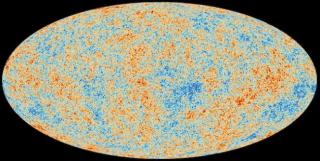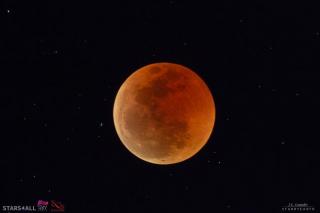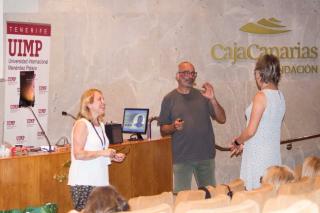
Among the young women scientists proposed this year to receive the award, which recognizes the careers of researchers with leadership, and who promote the interest of other young people for material related to the sciences are two people with doctorates obtained at the Instituto de Astrofísica de Canarias (IAC), and the University of La Laguna (ULL).
Advertised on




